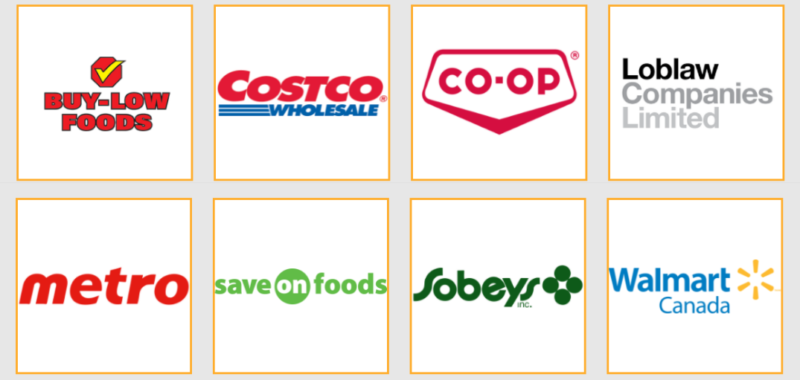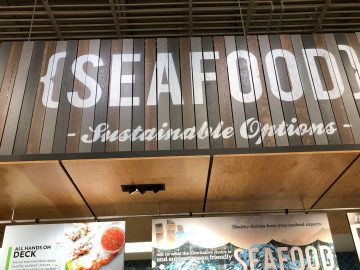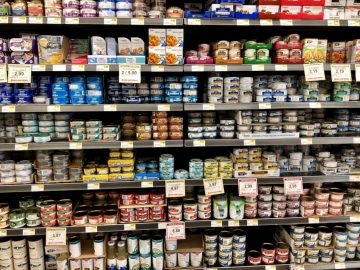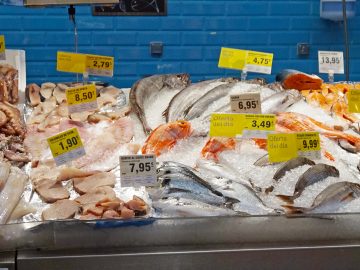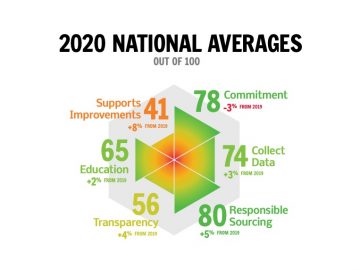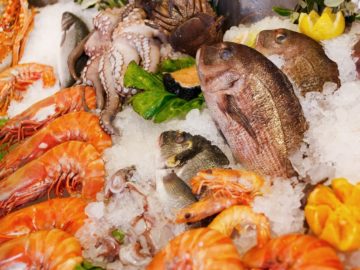As we gradually emerge from the global pandemic, there is a chance to build a more sustainable and responsible economy. The strain on grocery stores has created an opportunity to innovate supply chains, policies and processes. In terms of the seafood supply chain, Seafood Progress has shown satisfactory improvements from most Canadian retailers in the past year.
This is the fourth year that Seafood Progress has profiled Canada’s eight major retailers to assess what they are doing on seafood sustainability. Costco Canada has been the only retailer to refuse to engage with us since the start of Seafood Progress and therefore its profile is based solely on publicly available information. Costco’s scores further plummeted this year due to lack of information about its current activities to support seafood sustainability. As such, we have decided not to factor Costco’s scores into the national average calculations to better represent the actual average among participating retailers.
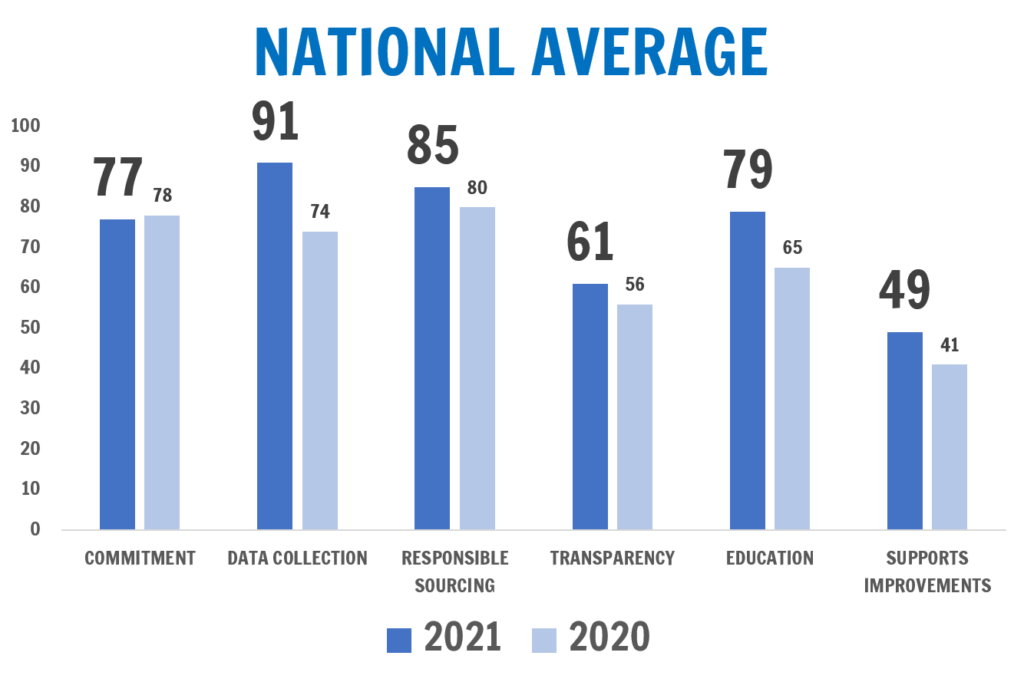
Despite retailers’ improvements in the past year, there is much work to be done. For example, Seafood Progress has actually shown a slight decline in scores for retailers’ commitments to social responsibility since 2019 as most lack traceability policies to support their commitments. As many reports like this one and this one have documented, social responsibility is an area of growing concern in the global fishing industry. Canadian retailers have a responsibility to ensure they are only selling seafood products that meet human rights standards. SeaChoice continues to encourage retailers to invest in processes that will track key sustainability information about products from the point of harvest to the point of sale in order to support efforts to reduce the risk of labour abuses and seafood fraud.
This year we introduced two new key performance indicators (KPIs) to Seafood Progress to bring more attention to the scope of retailers’ commitments. The first KPI considers how many banners the retailers’ commitment applies to. Banners are store brands that large retailers own and operate and which are tailored to meet different customer needs. The second KPI considers if the categories in most need of improvement – national seafood brand products (e.g. Cloverleaf or Highliner) and shelf stable products (e.g. canned tuna) – are covered under retailers’ commitments.
We were pleased to report that on average, retailers’ commitments apply to 96% of their store banners. In terms of product scope, we were encouraged to learn that both Federated Co-operatives Ltd (Co-op) and Walmart Canada have expanded the scope of their commitments in the past year to include all seafood brand and shelf stable products. This brings the number of retailers that include shelf stable seafood brand products from two to four out of eight – a step in the right direction!
Other notable improvements include Buy-Low Foods’ decision to collaborate with SeaChoice and its NGO partner, Ocean Wise Seafood, to introduce comprehensive signage in all store locations to help educate consumers on its sustainable seafood policy. Additionally, both Buy-Low Foods and Co-op improved their data collection efforts which has led to both achieving perfect scores under Step 2. Seafood Progress celebrates continuous improvements by retailers, and as such we would like to congratulate Buy-Low Foods and Co-op for being the two retailers with the most improved scores over the past year. We would also like to commend METRO, Save-On-Foods and Buy-Low Foods for their outreach to the Canadian government in support of an electronic and interoperable boat-to-plate traceability program for all seafood sold in Canada. METRO also joined two pre-competitive groups focused on seafood traceability and DNA testing this year.
As one of the most important stakeholders in the grocery ecosystem, retailers listen closely to what their customershave to say. To leverage that power and help drive important changes throughout the supply chain, visit SeafoodProgress.org and explore the options to reach out to your retailer from their profile page.
And remember to stay updated on Seafood Progress by subscribing to our newsletter! Sign up by entering your email below the “Related News” section.
